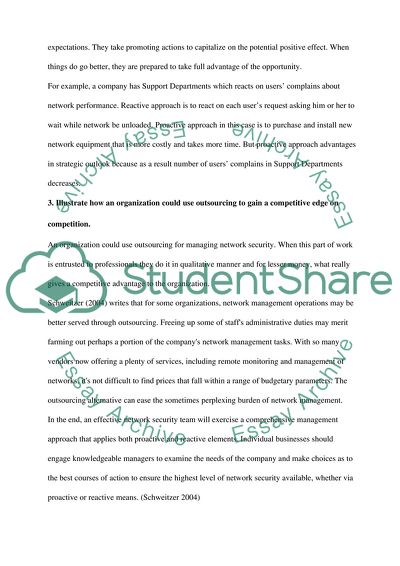Cite this document
(How an Organization can Become Proactive Assignment - 3, n.d.)
How an Organization can Become Proactive Assignment - 3. https://studentshare.org/information-technology/1703548-information-technology-questions-to-answer
How an Organization can Become Proactive Assignment - 3. https://studentshare.org/information-technology/1703548-information-technology-questions-to-answer
(How an Organization Can Become Proactive Assignment - 3)
How an Organization Can Become Proactive Assignment - 3. https://studentshare.org/information-technology/1703548-information-technology-questions-to-answer.
How an Organization Can Become Proactive Assignment - 3. https://studentshare.org/information-technology/1703548-information-technology-questions-to-answer.
“How an Organization Can Become Proactive Assignment - 3”. https://studentshare.org/information-technology/1703548-information-technology-questions-to-answer.


